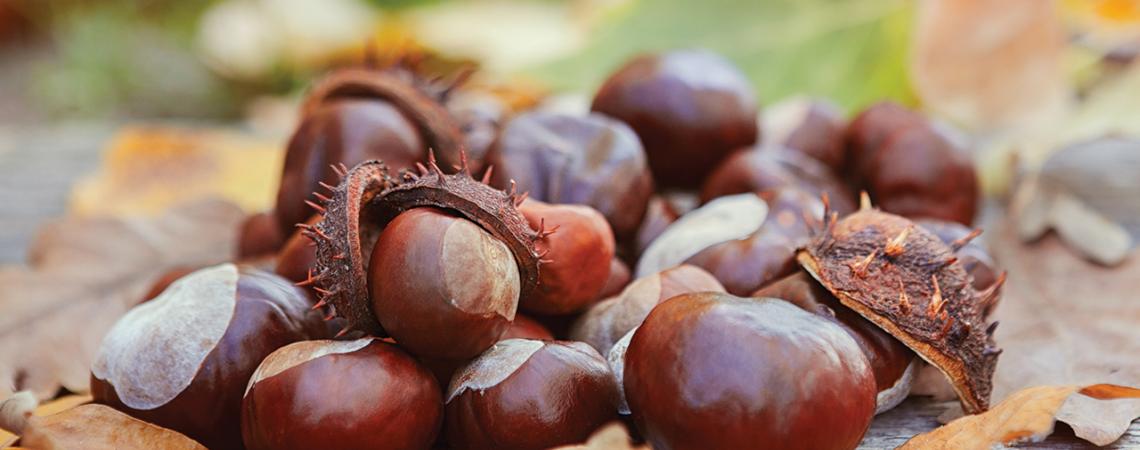Photo: Getty Images
The nasally call of summer insects has begun to fade away, and the shiny wax coating of tree leaves is beginning to lose its luster. As summer turns toward fall, buckeye seeds come to rest on the forest floor, where they will sink into the soil and take root, as they’ve done since the Pleistocene winter of 10,000 years ago.
Coded in that inedible promise of a would-be tree lies all the information the seed needs in order to make a living in Ohio’s rich and varied soils — just add water and light.
Where there’s natural water in the bottomlands or moist hillsides, you’re sure to find Ohio’s official state tree, says retired state parks naturalist and ranger Chris Grupenhof. He spent a 27-year career teaching park visitors about Ohio’s natural wonders — and he knows his trees, having worked at Burr Oak and Hocking Hills state parks, some of the most heavily treed parks in the state.
“Buckeye trees prefer limestone soil versus acidic soil that’s most common in the southeast,” says Grupenhof. “They like to have their feet wet, and they occur naturally with silver and red maples, hackberry, and black walnut.”
Not only are they pretty to look at, but cavity-nesting birds such as nuthatches and chickadees take up housekeeping in the crannies of the bigger buckeyes. Hummingbirds take to the flowers in the spring.
The tree didn’t get its scientific name, Aesculus glabra, until Ohio was 6 years old. In 1803, German botanist Carl Willdenow received Ohio buckeye seeds from some unknown site and planted them at the Berlin Botanical Garden and Botanical Museum. In 1809, he used those trees growing in Berlin to describe what would eventually become Ohio’s state tree — and there the specimen remains.
The buckeye seed is distinctive in its smooth, chocolate-brown coating, but if you have a difficult time finding the source tree in the woods, Grupenhof has a hack: Look for leaves formed like five fingers in a palm.
About the time that the Ohio State Buckeyes are playing their fourth football game and mascot Brutus Buckeye fires up the fans, the leaves of Ohio buckeye trees are burnished rust, the color of autumn. They are among the first to grow leaves anew in the spring and are the first to drop their leaves in the fall.









